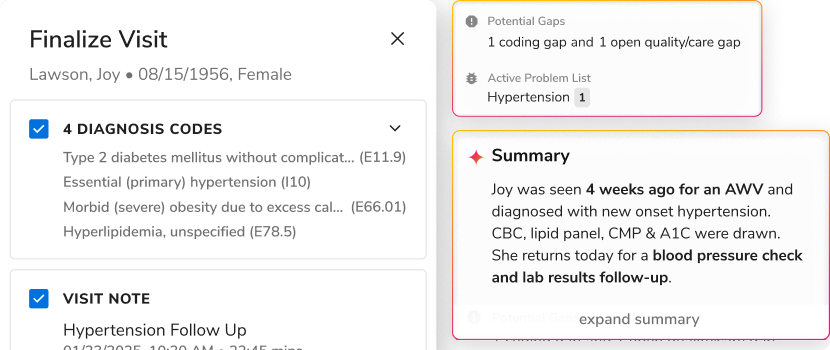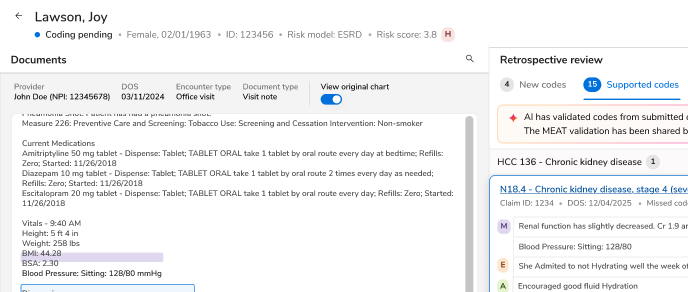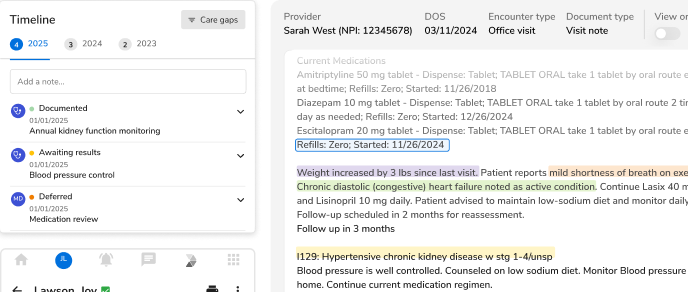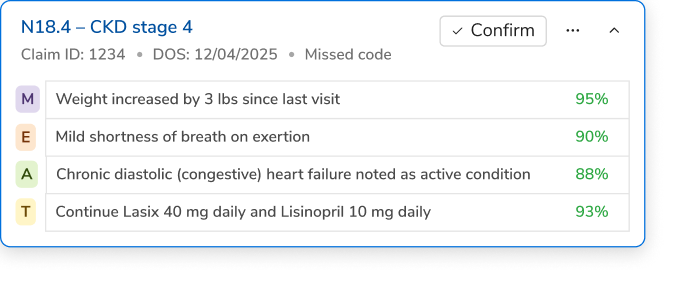Penny-Powered Patient Experience: Top 5 Cues from Consumerism to Upgrade Patient Care

Every decision in the healthcare segment has high stakes associated with it, not just because a huge amount of money is spent on it, but because people’s lives depend on it. People evaluate all the information available on quality and costs before finalizing providers, payers, and treatment plans, which is giving rise to consumerism in healthcare.
The Recent Wave Of Consumerism In Healthcare
Patients have to pay huge amounts out of their pocket for the past couple of years and the trend suggests that it will keep on growing, at least in the near future. They will continue to pay a considerable amount of money in co-pays and deductibles.
As people are shelling out more money for the services, they are becoming greatly inclined to scrutinize each penny of their investment. So, they would want to know about the treatments, procedures, and medications that they are administered, now more than ever.
Growing focus on health and wellness is another factor that has been propelling consumerism in healthcare. The majority of the workforce in the US consists of Millenials. They rely heavily on health devices and mobile apps to monitor their health, receive alerts and pay their medical bills.
Healthcare Stakeholders and the New Demands
Patients want complete information about the physicians, medications, procedures, treatment plans, and outcomes, in real-time through a digital platform.
Providers and payers agree that patient experience is a critical element in delivering quality care, but they still have not taken adequate steps to drive improvements. Payers are also falling short of consumer expectations, especially on the digital front.
Cues Of Consumerism To Improve Patient Experience
Healthcare stakeholders need to take the hint and leverage the opportunity to make improvements in the care delivery process and patient experience.
Here are a few approaches for the same:
1. Improving a patient’s experience with the physician
With advancing EHR technology, physicians are left with little time to interact with their patients. Most of the doctors' precious time goes into retrieving and entering data into the EHR which results in plummeting levels of patient satisfaction.
AI and machine learning-powered applications can solve this problem by integrating data from different sources and providing a comprehensive 360-degree view of the patient at the point of care. Physicians can cut back on the time spent on eliciting data, instead, use it more productively. This will improve patient experience and also drive better outcomes.
2. Providing a price estimate to the patients
Price transparency has been creating a lot of buzz in the healthcare world lately. With the newer reforms, we should be able to devise a system that gives a clear estimate of the cost that patients are likely to incur.
Applications enabled by AI and Machine Learning can make it easy for physicians to access just the right information about a patient in real-time and make an accurate diagnosis. Giving the patients a tentative idea about the treatments and the amount that they would have to pay can make their healthcare journey a lot smoother.
3. Improving access to care
By eliminating the hassle that a patient faces in getting an appointment and reaching the hospital, healthcare providers can improve the patient experience drastically.
Healthcare providers can offer applications to patients that can help them locate hospitals, schedule appointments, receive reminders and get transport to the facility.
4. Creating customized insurance plans
Payers also have an important role to play in enhancing the patient experience. Using applications that can integrate patient data from different sources, payers can derive insights to formulate consumer-driven customized plans that would be more beneficial for their members. This will certainly spike the levels of patient satisfaction.
5. Simplifying billings and payments
Another great opportunity to enhance patient experience lies in improving billings and payments. Defaulting in paying the bills not only lowers the credit scores of the patients and decreases their satisfaction levels, but it also increases the bad debts accumulated by the healthcare sector which contributes to the already sky-high expenditures.
Where are we in delivering patient-centered care?
In the value-based care model, delivering patient-centered care is an important attribute. Apart from increasing the levels of patient satisfaction, providing patient-centered care also yields more income for both payers and providers.
So, neither is there a dearth of incentives nor an absence of technologies and applications to provide patients the kind of care and services they desire. What healthcare players need to do is take initiatives to implement the technology and move towards a better version of the healthcare system.
To know more about how you can improve patient experience and healthcare outcomes, get a demo.
For more updates, subscribe.

.png)





.png)









.svg)
.svg)

.svg)

